Camera buying guide: How to choose the best model for you
Can’t decide between DSLR, compact, instant or mirrorless? Read on for everything you need to know
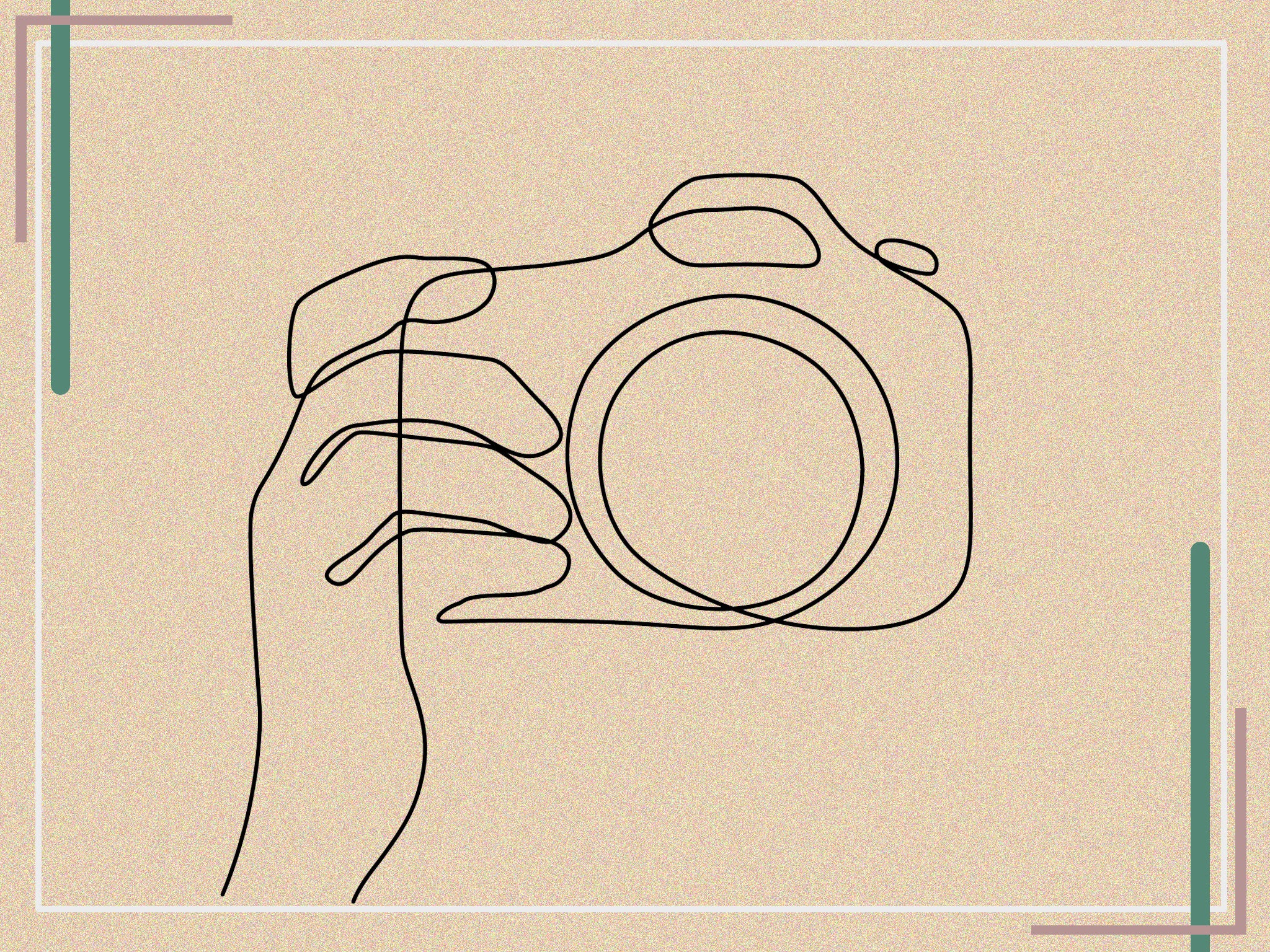
For many people, choosing a camera can feel like taking a step into the unknown. We’ve all got so used to having good lenses on our smartphones that much of the jargon surrounding cameras that was once in general parlance has been forgotten.
If you need a bit of direction when it comes to understanding your ISOs, apertures, white balances and megapixels, we’ve compiled this thorough guide to point you in the right direction.
We’ll cover the main camera brands, what to look for and the types of cameras available to you (and their pros and cons), as well as how to get the best out of any setup you go for.
We’ll also discuss the benefits of upgrading your kit and moving away from your phone camera, including what kinds of cameras and lenses to look at for different styles of photography.
First, we’ll look at the types of cameras out there.
You can trust our independent reviews. We may earn commission from some of the retailers, but we never allow this to influence selections, which are formed from real-world testing and expert advice. This revenue helps to fund journalism across The Independent.
Digital SLR cameras (DSLRs)
Single lens reflex cameras, or SLR cameras, have been around since the early days of photography. These have an interchangeable lens, with the viewfinder showing a corrected image (through a series of mirrors) through that lens. They became popular on the world stage when Japanese manufacturers such as Pentax found a way of mass-producing them cheaply, and that’s happened again in more recent times with digital technology. Due to their versatility, durability and flexibility, they’re still the most popular type of camera out there for both amateurs and professionals.
Compact cameras
Years ago, we heard a lot about the demise of compact cameras due to smartphones, but in recent years, the technology that’s able to be packed into such small boxes has increased to such an extent that buying a compact camera now has many merits. The lens quality is usually vastly superior, the sensor quality is better as it has been developed specifically for small cameras, and the optical zoom quality is much higher (more on that later). Due to the relative portability of compact cameras, twinned with their ability to make high-quality 4K video recordings, many are popular with content creators, blog owners and vloggers.
IndyBest's best compact camera buy: Panasonic Lumix DC-TZ200EB: £599.99, Panasonic
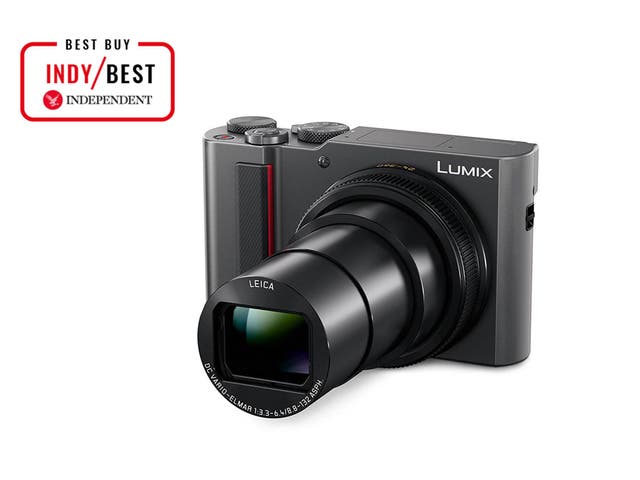
Taking the crown in our review of the best compact cameras, our tester said: “The size means it’s ideal for when you’re travelling and is spectacularly good for everything from wildlife to sport photography.”
They added that “it’s a perfect size to slip into a pocket or bag, and fits the hand well. Because the sensor is large, the picture quality is extremely strong… This camera stands out for excellent battery life and real ease of use.” They also found it had a nice extra technique that combines shots into a single image.
Instant cameras
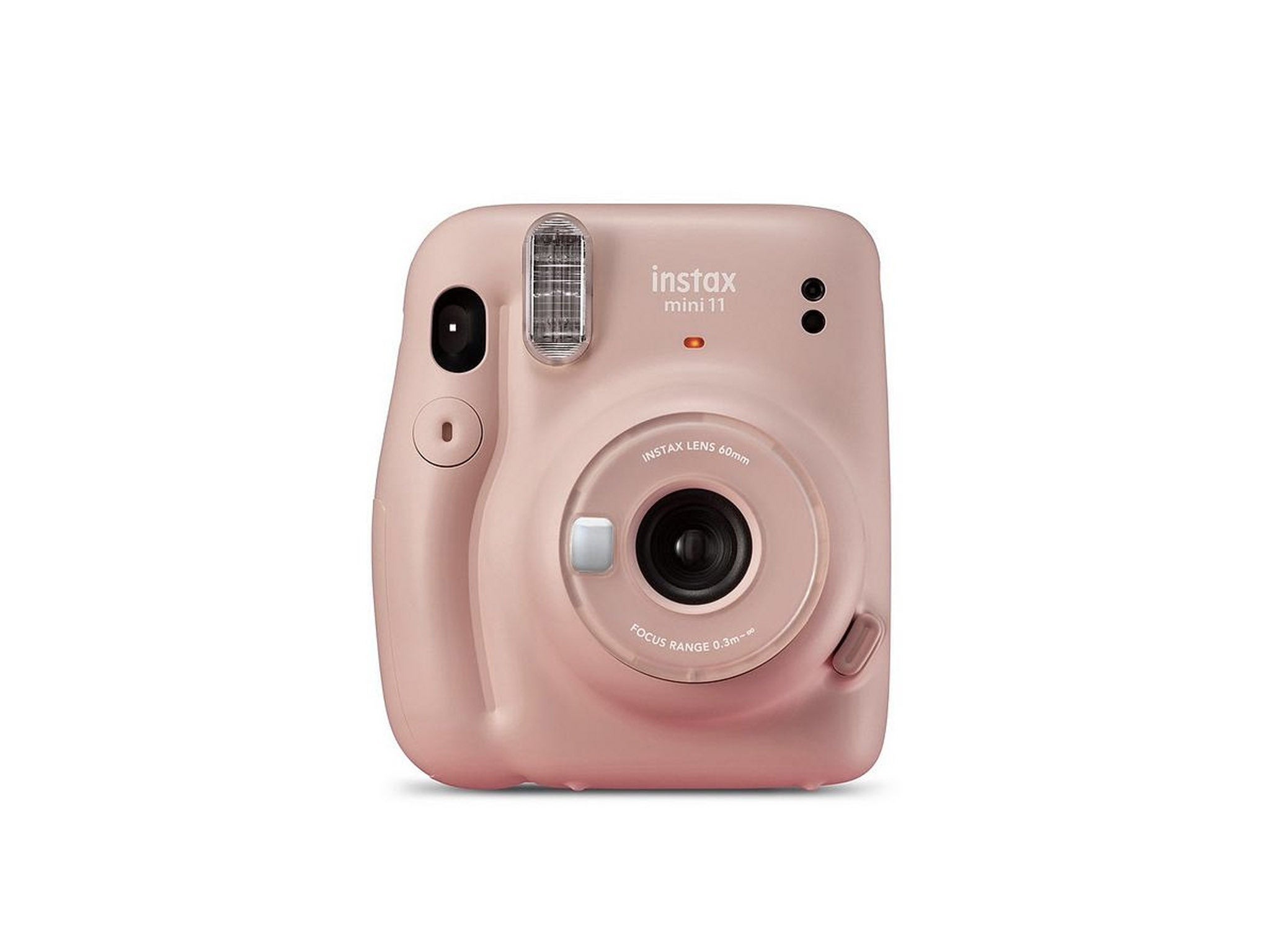
The price-per-print may be quite high, but these cameras have become fashionable again as camera makers and developers go after the style created and epitomised so famously by Polaroid in the 1970s. Fujifilm offers a great range with its Instax series, and options are also available from Polaroid, Leica and Lomo.
Action cameras
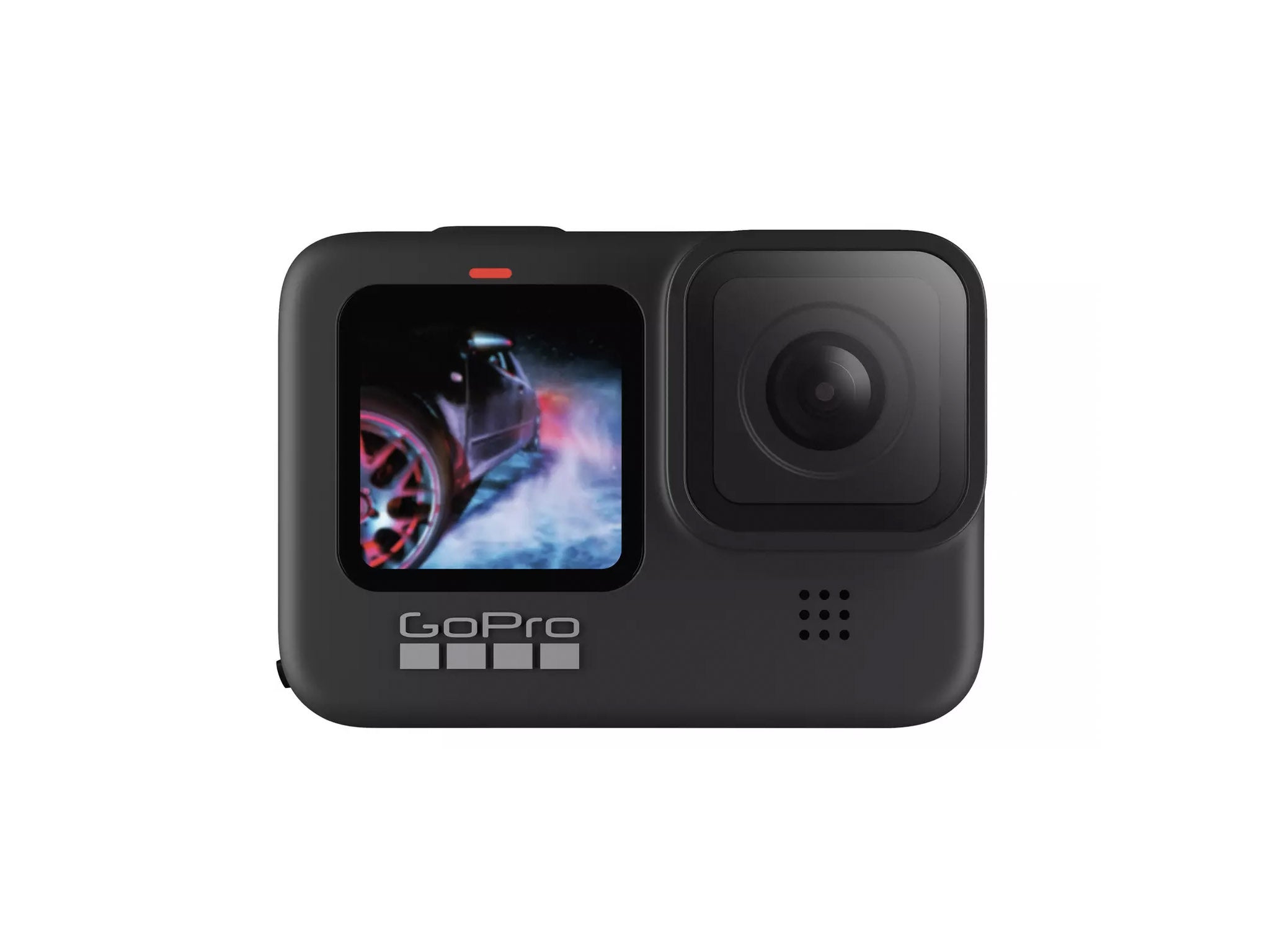
These cameras are small, rugged, hard-wearing and able to record stunning detail in a small package. The obvious option here is GoPro, and its recently released the Hero9 Black (Argos, £429.99) which records in 5K and has fantastic stabilisation. There are others on the market, but generally they are built along similar lines with a hardwearing, shock-resistant shell and advanced video recording inside. One word of caution – they do tend to be more focused on video than stills, so if you’re looking for the latter, it might be worth purchasing a durable case for a high-quality DSLR instead.
Mirrorless cameras
As the name suggests, there are no physical mirrors in these cameras, which offers them some significant advantages over heavier, more cumbersome, traditional DSLR cameras. Firstly, it means they’re lighter, and therefore favoured by travel and lifestyle photographers. Secondly, the extra space means manufacturers can make sensors much larger, increasing image quality, depth and dynamic range (the difference between the lights and darks in a photo). Over time, as technology improves and prices go down, many professional photographers are moving away from DSLR cameras and into the mirrorless market.
IndyBest's best mirrorless camera buy: Fujifilm X100V: £1299, John Lewis & Partners

Taking the top spot in our round-up of the best mirrorless cameras, our tester loved “the classic design of this model which harks back to film cameras from a few decades back.” They said: “It offers a ‘film simulation’ mode in which clever software recreates the look of Fuji’s classic ‘analogue’ film brands of the past such as Velvia and Provia.”
They also highlighted the “hybrid” viewfinder that allows you to swap between old-style optical or electronic. “A largely aluminium body adds to the quality feel and there’s a fast 23mm lens plus a built-in flash. Definitely one for fans of street photography to consider.”
Which brand should I choose?
For at least 20 years, since the proliferation of digital SLR cameras across the wider population, the debate has raged: Canon or Nikon? As the market expanded, both manufacturers released a wide range of digital cameras that still dominate today.
There are a few things to bear in mind when choosing a brand. Firstly, do you own any equipment from one stable or the other? If you already do, it can dictate your direction – it can be costly to switch at a later date.
The second point is about ergonomics. Each brand has a slightly different weight and feel to their cameras, as well as a different menu setup and button layout. Try before you buy.
The third point to make is that it’s no longer simply about Canon or Nikon. Many professional photographers are now switching to brands such as Sony and Leica that have made recent forays into more high-end products. Don’t discount other manufacturers because people have told you it’s a two-horse race.
How to start out choosing lenses
If you’ve bought a DSLR camera, it’s likely to have shipped with a “kit” lens, which is the name for lenses that are cheaply made and shipped as bundles with the camera bodies themselves. Put this aside – your best bet is to buy a 1.8 or 1.4 50mm prime lens. This is a lens that is fixed in its focal range at 50mm, which on a full-frame camera such a Canon 5D (Canon, £2799.99), is the lens that’s broadly equivalent to the human field of vision. Not having the luxury of a zoom also improves your photography, allowing you to fully interact with your subject and discover interesting crops and angles through the viewfinder, rather than in the editing software.
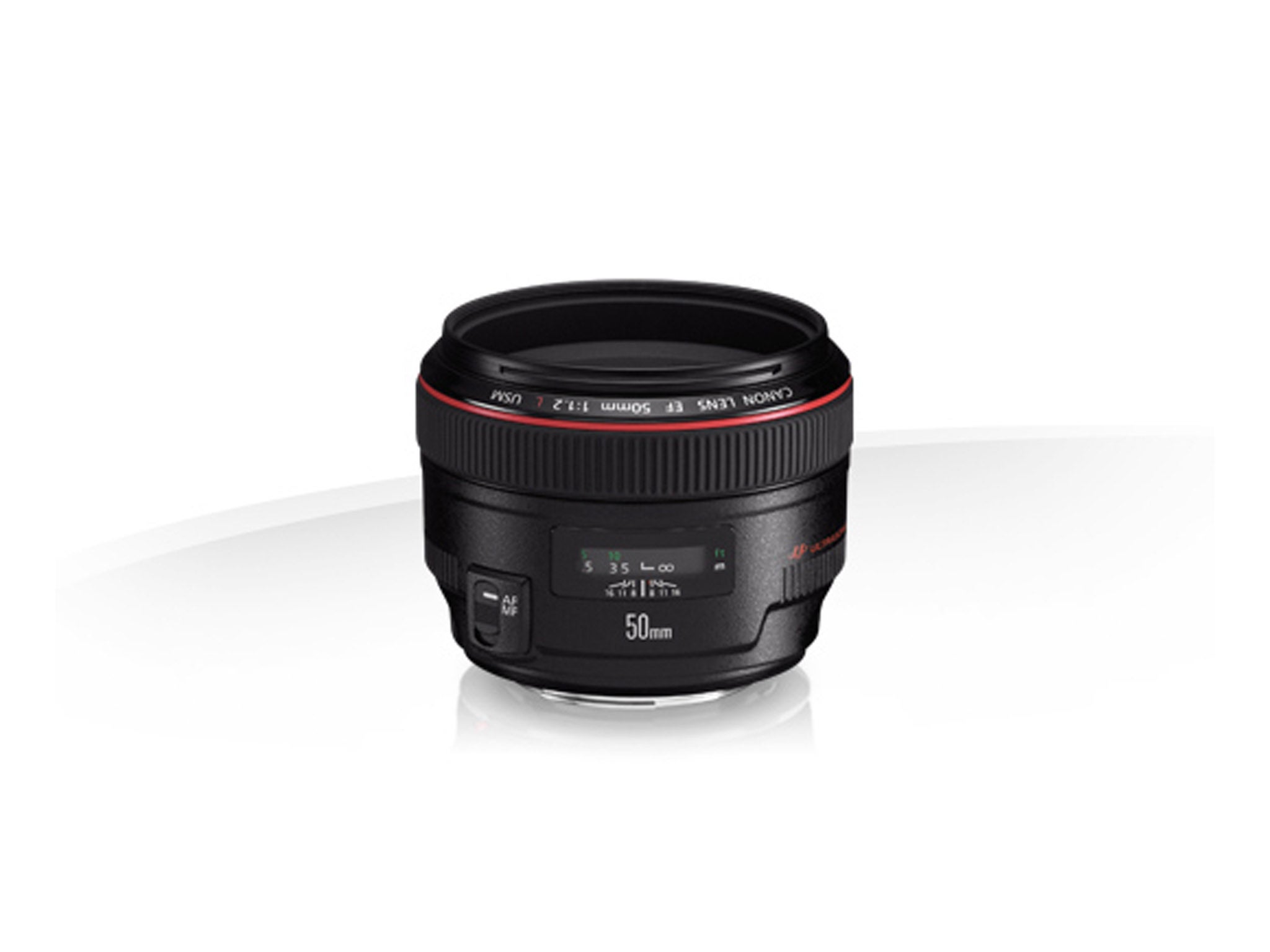
The decimal number on any lens denotes the “speed” of the lens, which put simply is the minimum “f-number” (or in real terms, the maximum aperture diameter) of the lens. A lower number means a wider aperture is available for more light to come into the camera, improving sharpness, depth of field (this is when the background appears blurry on portrait photographs, for example) and the ability to take photographs in lower-light conditions.
Faster lenses tend to be more expensive, and when twinned with a full-frame camera, the potential setup costs can get quite high. That being said, choosing photography gear is always a trade-off, and each lens works best in different scenarios. Sigma, Tamron, Canon and Nikon all make a wide range of lenses.
A very rough guide to the right lens
Portraiture: Use 50mm lenses that shoot 1.4, or, if you’re feeling rich, the Canon USM 50mm 1.2 (Amazon, £1449) is about the best all-round lens money can buy.
Landscape: For landscapes, you will tend to want to go a little wider, outside of the range of normal vision, to take in as much of the scenery around you as possible. Our recommendation here would be something like a 16-35mm zoom lens while shooting at f.4 or f.8, to keep everything sharp and in focus.
Sports and wildlife: You’ll want to look for a fast lens, allowing as much light in as possible to keep those shutter speeds high and capture fast-moving action. Zoom lenses around 100–800mm are best, but can be very expensive. For more reasonable options, look at 100-400mm zoom lenses or the Sigma and Tamron equivalents.
How about video?

It has become increasingly popular to shoot 4K, high-resolution videos on your camera, with the ever-popular YouTube and vlogging worlds advancing the technology in some of the more compact cameras out there. 4K is fairly standard now (most phones also shoot in 4K), so it’s worth having a look and making sure you’re buying a camera for video that has all the latest tech capabilities.
Offerings from the likes of Sony, with the excellent ZV-1 (John Lewis & Partners, £699.99), lead the way at the moment, as they manage to pack highly-stabilising video packages into compact, portable devices, meaning they’re great for travel and lifestyle films.
The verdict
The main thing to remember when choosing what camera to buy is to find out what’s important to you, and do your research in that category. There is what can seem like a bewildering amount of choice out there, such is the proliferation of content generation, so look for features you know you’ll want and use, and sort your options depending on that.
If you’re vlogging, you may want high stabilisation and 4K video as a priority, but if you’re looking for stills, you won’t go far wrong if you spend a bit more money on lenses. Don’t be afraid to road-test some options – each camera has a slightly different feel and its ergonomics will suit different people in different ways. Weight, portability and lens choices are all important factors too, so it’s worth researching around the subject.
The main thing is that practise makes perfect, and the more you buy, sell and trade equipment, and therefore the more photos you take, the more you’ll know what to look for.
Whichever model you choose, keep it safe in one of the best camera bags



